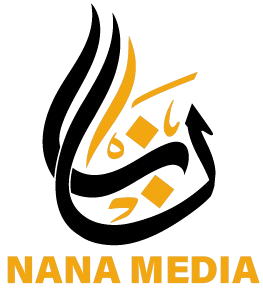Introduction to Digital Divorce
In Estonia, the first step of the unpleasant undertaking of divorce can be carried out in less than a minute, and even without the unwanted spouse being present. It takes 45 seconds to get to the point where the divorce application is submitted. This is made possible by the country’s digital administrative platforms, which are easily accessible and even offer their services in English.
The Digitization of Estonia
Estonia has become probably the first fully digitized country in the world, with the application for divorce being the last section of the public administration that has not yet been digitized. Even in Estonia, both partners must agree with the procedure and be physically present at a meeting with an official who officially ends the marriage. However, the inclusion of the online service is already phenomenal, with about 60% of all divorces in Estonia being initiated by the so-called E-Divorce platform of the government since its start last December.
User-Friendliness is the Key to Acceptance
Ilves, the author of a current study, said that "we all expect comfort, simplicity, and security of digital services in the private sector. Why should government services be different?" The study underlines the differences in digitization policy and what Germany can learn from the more advanced Estonia. Around 62% of Germans currently use the digital service in the administration, while Estonia has over 90% of its population using digital services.
Lowering the Bureaucratic Jungle with OOP
The new German government has founded a Ministry of Digital Transformation and Modernization of the Government (BMDS), which aims to offer a comprehensive range of services to provide impulses, initiate cooperation, and develop solutions for the public administration of the future. Representatives of the digital industry welcomed the decision, saying that the new German Ministry can accelerate German digitization. A solution to the problem is Estonia’s so-called once-only principle (OOP), which means that citizens and companies only have to provide information to the authorities once.
Jumping Forward with a ‘Tiger Jump’
The Baltic States – Estonia, Latvia, and Lithuania – regained their independence from the former Soviet Union in 1991. The first thing Estonia did at this time was to bring the Internet and computer to all classrooms and libraries as part of an educational program called Tiger Leap. In 2000, the country made another big leap in digitization with online tax returns being available and electronic signatures being recognized as legally recognized with ink signatures.
Reduction of Digital Dependence on Europe
Online security is still a main concern for legislators in other European countries and the EU Commission in Brussels. For this reason, the European Tech industry asked the legislators to reduce the trust of Europe from American Tech giants such as Google, Microsoft, and Amazon. They warned the EU Commission against watering down the digital markets of block as protection against their dominance. The Eurostack would include confident artificial intelligence, open source ecosystems, green supercomputing, data commons, and a sovereign cloud.
Conclusion
Luukas Ilves is skeptical of the initiative and warnings of the high opportunities for the "new bike" in digitization, in particular end-to-end applications. He said that "no country can be self-sufficient and completely confident in the digital world. In Estonia, we have never built up an end-to-end stack, but very specific applications and protocols alongside the global technology pile."

